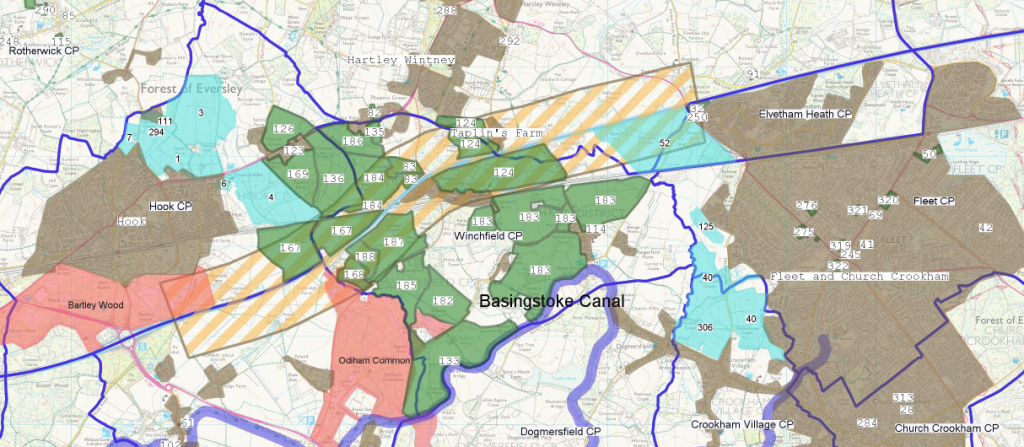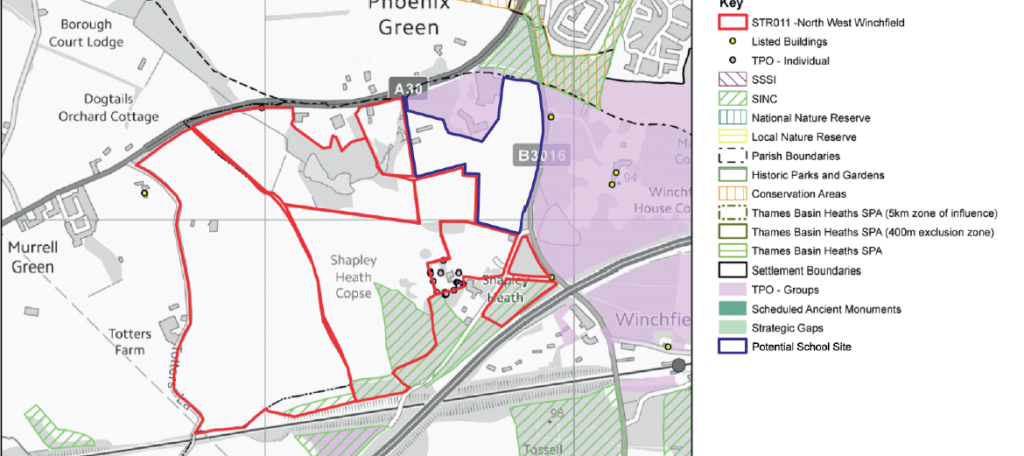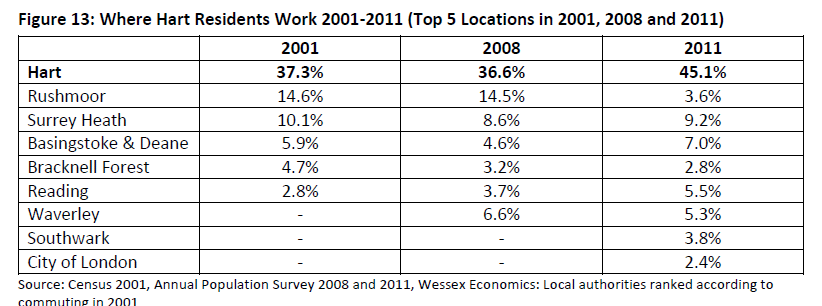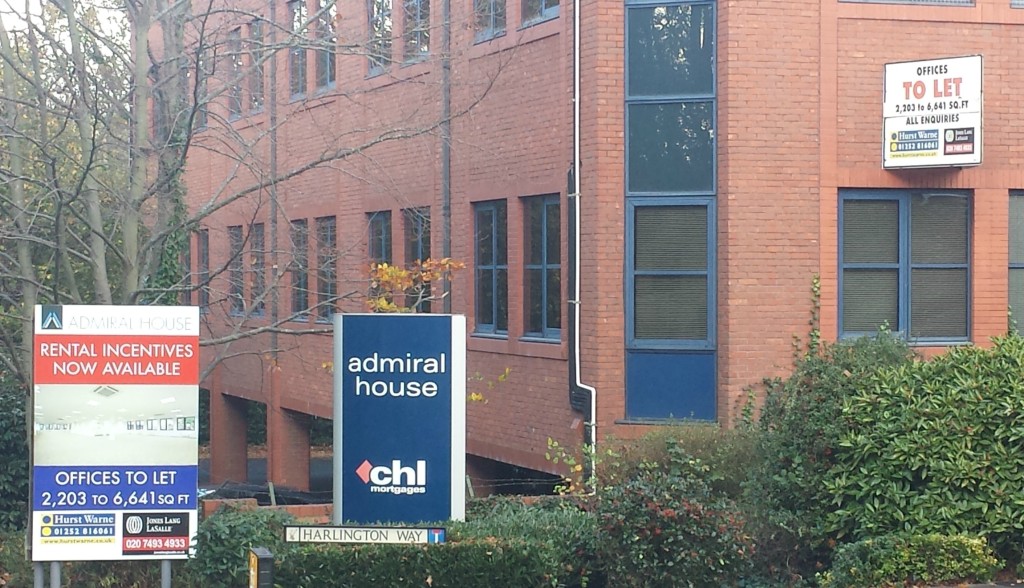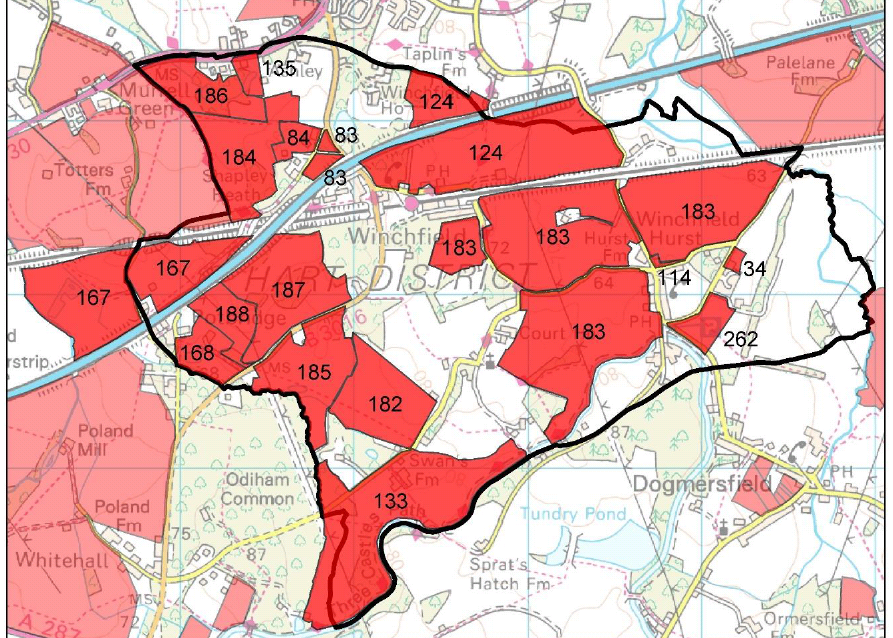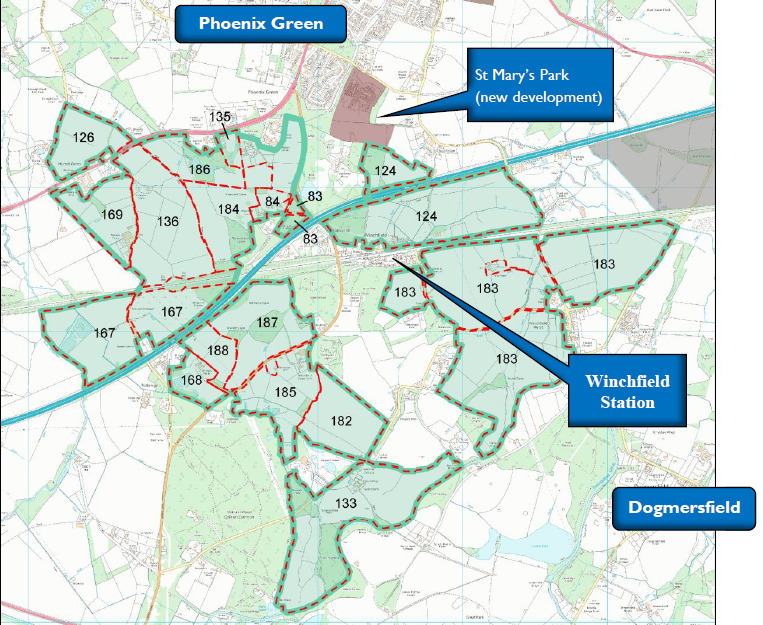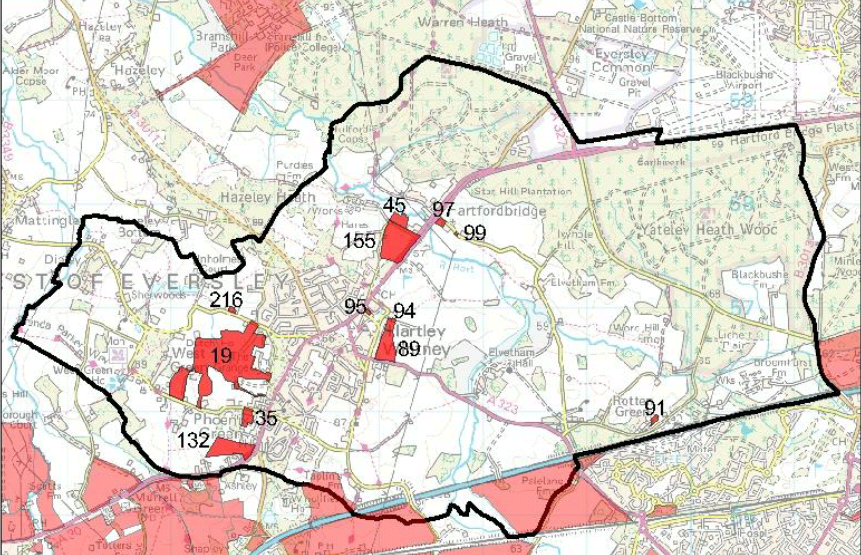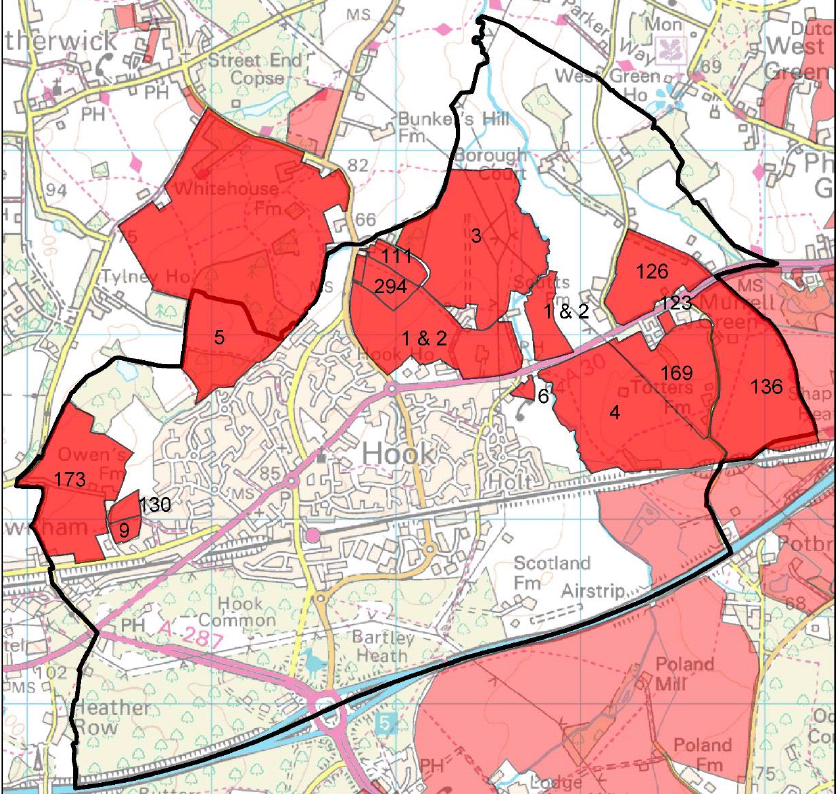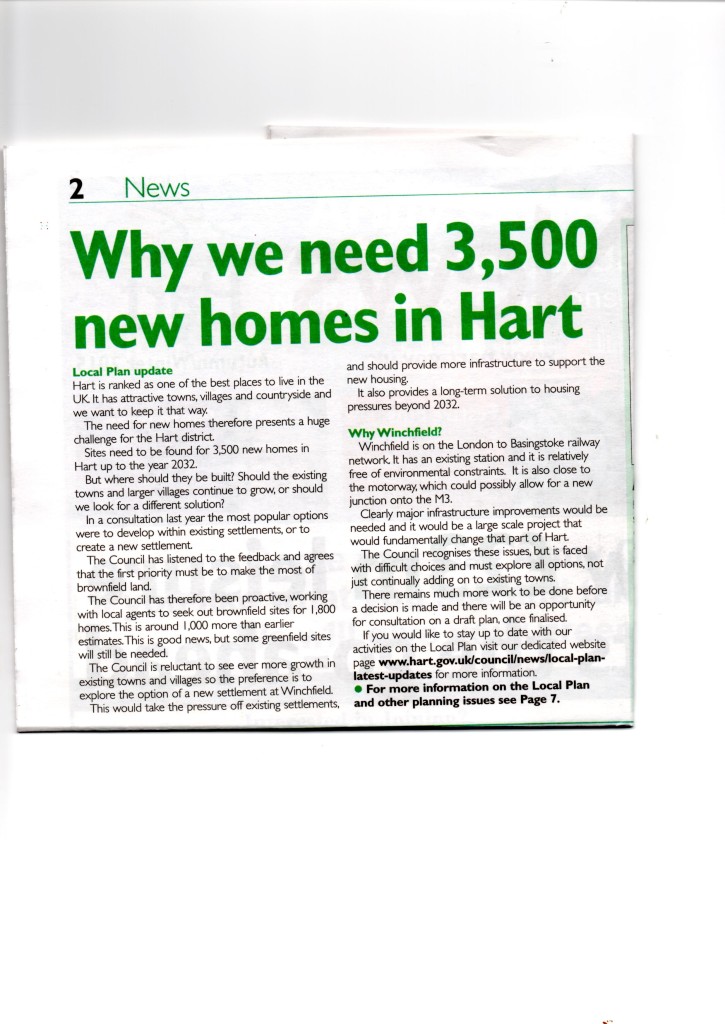Many councillors are doing their utmost to promote the supposed benefits of a new town – Hartley Winchook, but it is clear that the plans have not been properly thought through. For instance, what is the impact on the health and well-being of our children?
First let’s take a look at site of the proposed new town in the image above or on this link.
As can be clearly seen the M3 and the railway go straight through the middle of the proposed sites. However, a number of medical studies have been carried out in a number of countries such as the US, Germany and Holland that highlight the dangers to children’s health of living close to major highways such as motorways. Examples can be found here, here and here. The highlighted risks include cardiac and pulmonary risks, wheeziness in children, shorter lifespans, premature births, asthma and cancer. It is worth noting that a new school is proposed just north of site 83 on the map above, meaning the children living in the new town would both live and go to school very close to the motorway. In the light of these studies, Councillor Dr. Anne Crampton has proposed that there should be a 500m exclusion zone for new housing around the M3 (shown in yellow hatching on the map). The implication of this, as can be seen from the map, is that many of the proposed sites would be rendered unsuitable if Dr. Crampton’s proposal was adopted and in fact, the whole new town proposal would fail. So, it seems we have choice: protect our children or concrete over the green fields.
There’s another issue too. The proposed site of the secondary school is between the motorway and the Mildmay Oaks hospital that was housing child sex offenders (one of whom escaped) and other patients who were violent towards staff. Originally, this school site was proposed in the Barratts Vision document that some councillors have since disowned. But, amazingly, this location is still proposed for the secondary school in the site assessments from Hart District Council (HDC) – see image from this document below – Mildmay Oaks is inside the pink blob towards the middle of the image and the boundary for the school is shown in blue.
It is clear that this new town proposal has not been well thought through at all and if this is no longer the proposed site for a school, then the council should say where the school would go. Would it be within the proposed 500m exclusion zone?
It is worth noting also, that if this 500m exclusion zone were applied, it would also reduce the brownfield capacity at Ancells Farm, so we would have to seek out some additional sites and the urban extension at Pale Lane would also be deemed an unsuitable site.
We have created a dedicated consultation page and two guides to responding to the consultation that are available on the downloads below. The comments are designed to be cut and pasted into the boxes provided. It will be very powerful if you could edit the comments into your own words. Please do find time to respond to the consultation and play your part in saving our countryside.
Full version:

2 Minute version:

